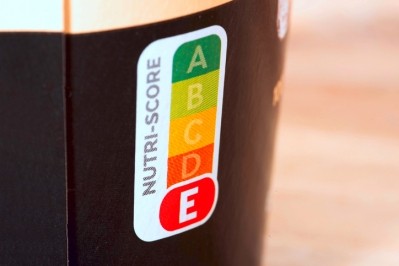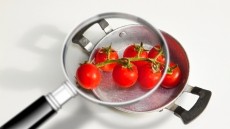News In Brief
Nutri-Score updated so that only low-sugar cereals are classified A or B

For example, breakfast cereal with a relatively high sugar content can no longer be classified A and are classified C instead. Only low-sugar cereals are classified A or B.
Beverages with non-nutritive sweeteners have also been downgraded from B to C in the re-calculated algorithm.
It's also bad news for milk. Skimmed and partially skimmed milk drop from A to B ratings. Milk-based beverages (flavoured or sweetened milk) can no longer be classified as A or B and are more likely to be classified as D or E. Sweetened and flavoured yoghurt drinks can no longer be classified as A – they are also discriminated according to sugar contents, with distributions across C and E classes.
Meanwhile, vegetable oils with low levels of saturated fatty acids (such as rapeseed, walnut, oleic sunflower oil) reach the B class, as does olive oil. Sunflower is shifted to C. For other products in the category, the classification remains unchanged, with coconut oil and butter remaining as E.
Serge Hercberg, professor of nutrition at the Université of Sorbonne Paris Nord’s Faculty of Medicine, whose work formed the basis of Nutri-Score, claimed these modifications “will make it possible to better counter fake news and the problems of understanding of certain detractors with regard to the Nutri-Score, but alas may not be sufficient to prevent the lobbies from continuing to disseminate fake news on Nutri-Score that do not take science into account.”
Regular updating of the Nutri-Score has been planned since it was developed and implemented, he added, and should take place every three years. “It is motivated by the fact that a nutritional logo must evolve according to the progress of scientific knowledge, the evolution of the food market (appearance of new products, reformulations made by manufacturers), and the need for the logo to be consistent with public health recommendations,” he told FoodNavigator.
“It is on these bases that the European Scientific Committee in charge of the Nutri-Score update (composed of researchers with no links of interest) worked and proposed modifications to improve the performance of the Nutri-Score for solid and liquid foods (2 ratios). They concerned a greater penalization of sweet and salty products, red meat, sweetened drinks, and a better classification of whole meal products, olive and rapeseed oils [and] fatty fish.”
The spreadsheet to calculate the updated version of the Nutri-Score validated by the seven European countries that have adopted it, are now available on the website of the French Public Health Agency (Santé Publique France) along with the updated calculation methods of the new algorithm.














